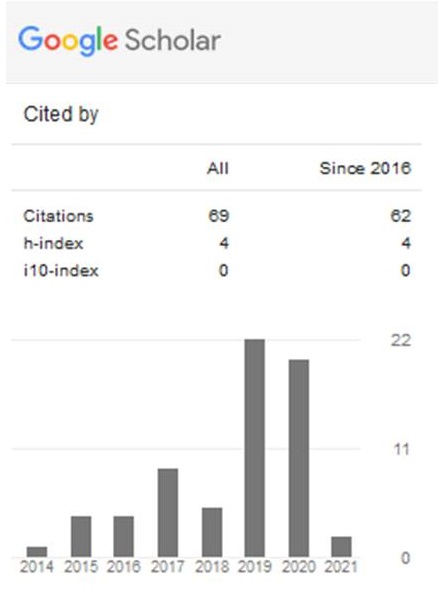Pengaruh Tiga Taraf Masukan terhadap Beberapa Varietas Kedelai di Lahan Kering Masam di Daerah Tandun Provinsi Riau
Abstract
To get good productivity, the management of dryland in acid soil require specific technologies that made farming
more effective, efficient and sustainable. Riau province has potential for crop agriculture, with the majority of plantation
crops and apart of food crops such as upland rice, soy, peanuts and corn.. The purpose of this study is to study several
varieties of soybean response to three levels of inputs in dry land areas Tandun Riau province. The experimental design
used is a randomized block design with two factors. The first factor is the level of input that consists of a). A low input (50
kg.ha-1 urea, 50 kg.ha-1 SP-36, 50 kg.ha-1 KCl); b) Medium input (75 kg.ha-1 urea, 100 kg.ha-1 SP-36, 75 kg.ha-1 KCl and
500 kg.ha-1 lime); c) High input (75 kg.ha-1 urea, 100 kg.ha-1 SP-36, 100 kg.ha-1 KCl and 1000 kg.ha-1 lime. Factor II is
soybean varieties that consist of a). Anjasmoro, b). Agromulyo, c). Tanggamus, d). Kaba and e). Wilis. Observations
included plant height, number of branches, number of empty pods per plant, number of pods per plant and pod yield. The
study shows the input level and variety affect the number of branches, number of empty pods, number of pods and soybean
yields. Anjasmoro varieties with high input gives the highest yield (1.5 t.ha-1) when compared to other treatment
combinations. While the lowest yield was obtained at Kaba and Wilis varieties with low input, ie, 0.8 t.ha-1.
Keywords: varieties, soybeans, input level, sour dry land
Full Text:
PDFRefbacks
- There are currently no refbacks.

_2017.jpg)



